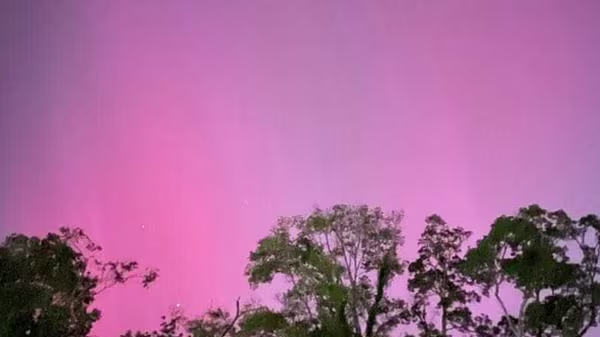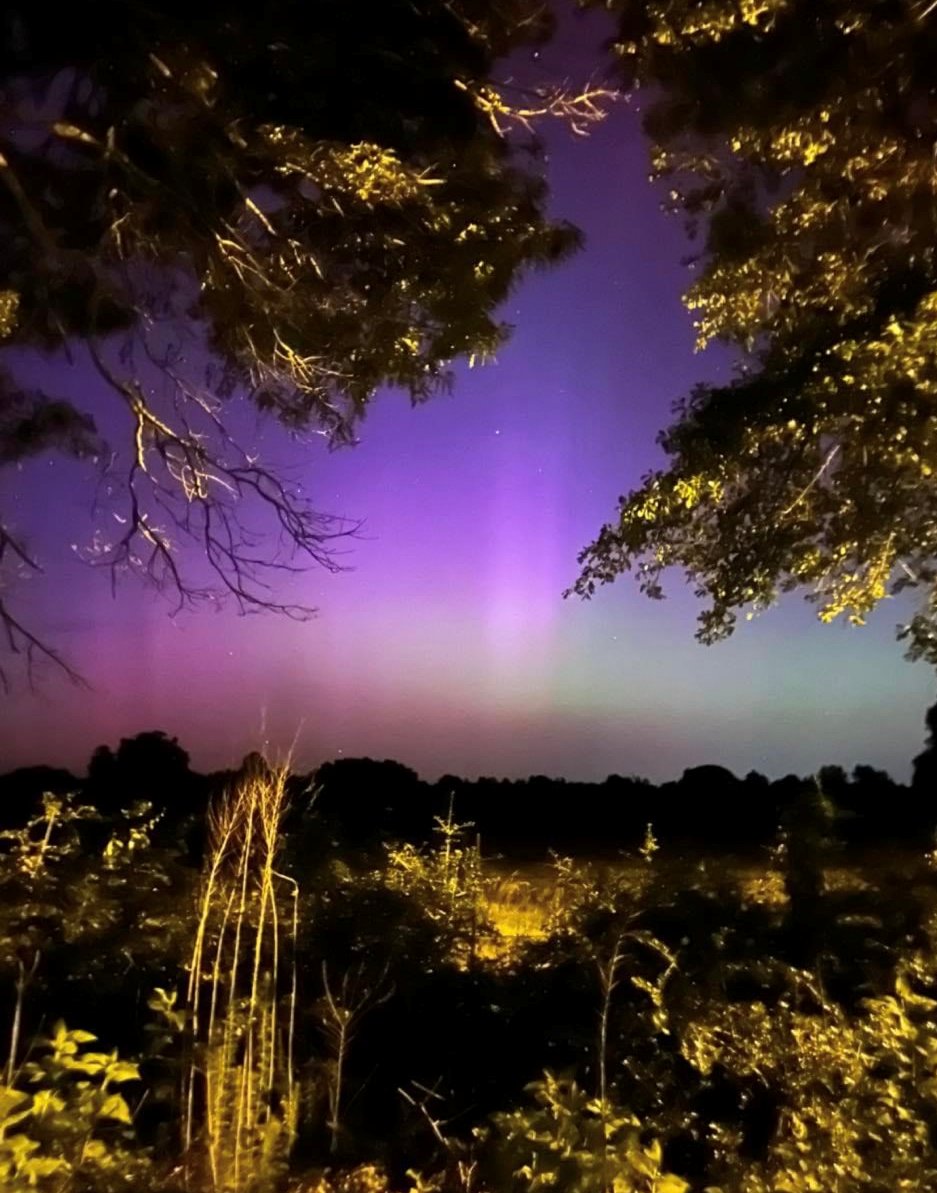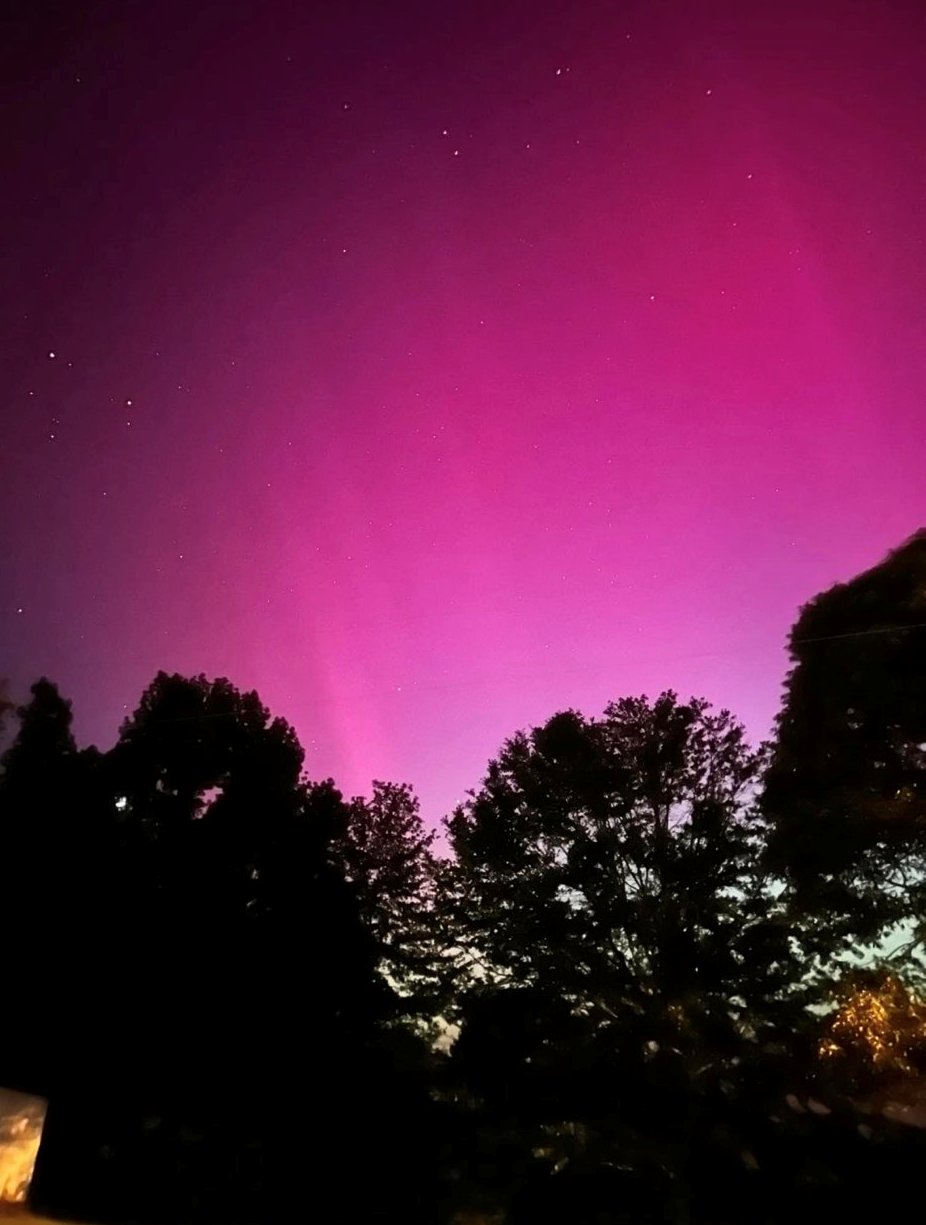The magnetic storm that produced Northern Lights over Alabama and other states could continue through the weekend, with possible impacts on communication, GPS, power grids and more.
The National Oceanic Atmospheric Administration’s Space Weather Prediction Center said extreme, or G5, Coronal Mass Ejections reached the Earth May 10 at around 6:54 p.m. EDT. It’s the first G5 observed since October 2003 when the event resulted in power outages in Sweden and damaged transformers in South America. The outburst has also created the rare opportunity for people across the country – including areas as far south as Alabama and Florida – to see the colorful light show.
For the best viewing, go to a dark area with as little light pollution as possible. It’s also best to go to an area away from cloud cover if possible. When you get outside, look to the north and, according to experts, a cell phone may be better for capturing images than a naked eye. “Cellphones are much better than our eyes at capturing light,” Space Weather Prediction Center’s Brent Gordon said. “Just go out your back door and take a picture with a newer cellphone, and you’d be amazed at what you see in that picture versus what you see with your eyes.”
Why are we seeing the Northern Lights?
The area responsible for solar activity is a large, complex sunspot cluster roughly 17 times the diameter of the Earth, and it does remain active with additional large flares expected. “Flares of this magnitude are not frequent,” NOAA said.
The Space Weather Prediction Center had earlier issued a severe geomagnetic storm watch, the first such issued by NOAA since 2005.





